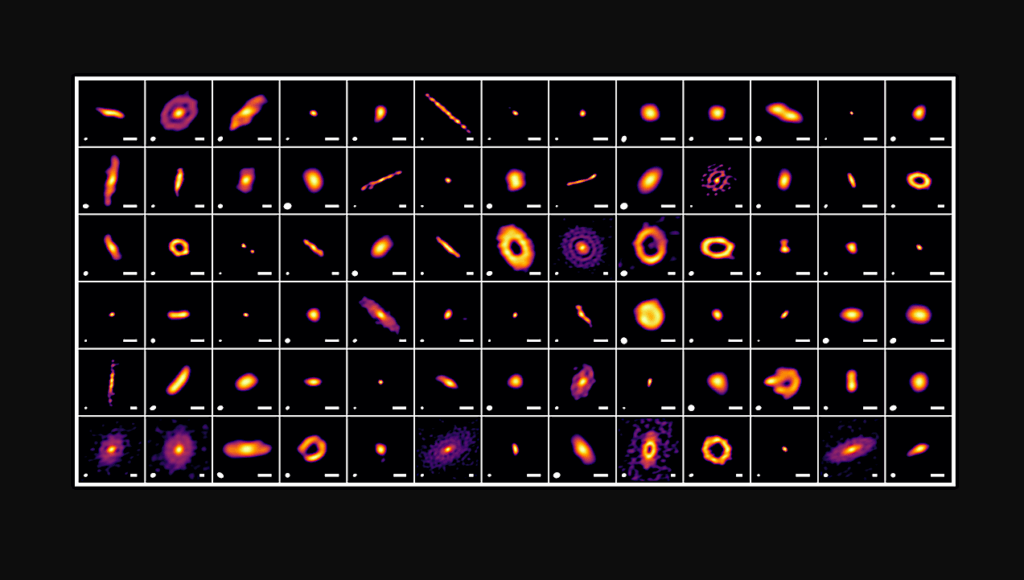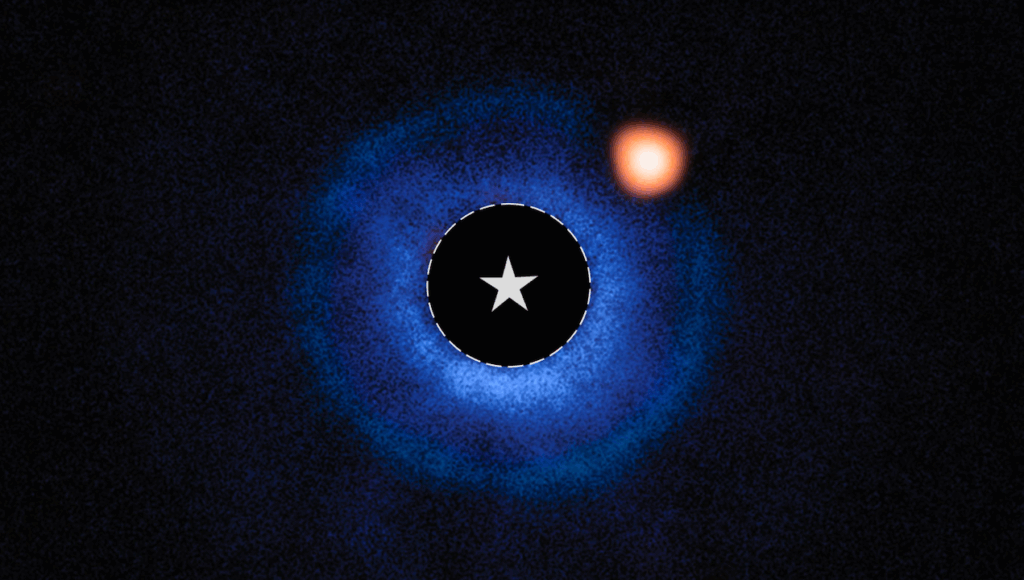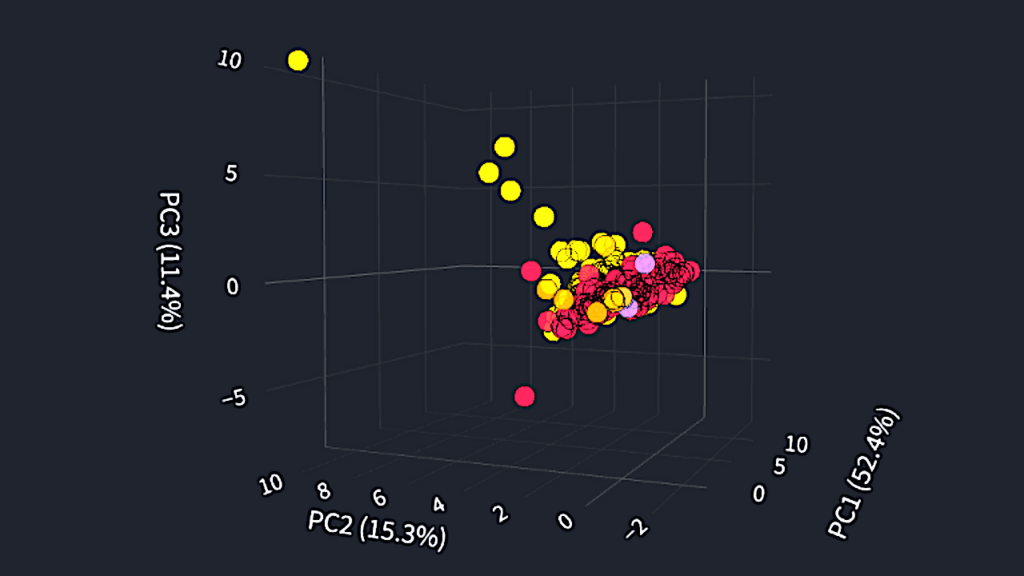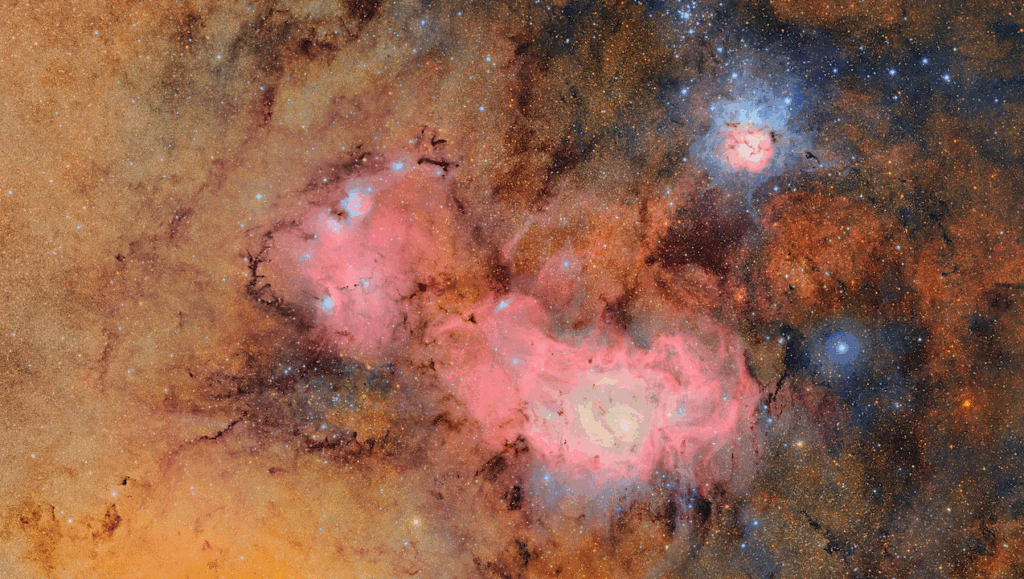The GAPS Programme at TNG LXVII. Detection Of Water And Preliminary Characterisation Of The Atmospheres Of The Two Hot Jupiters KELT-8 b And KELT-23 Ab
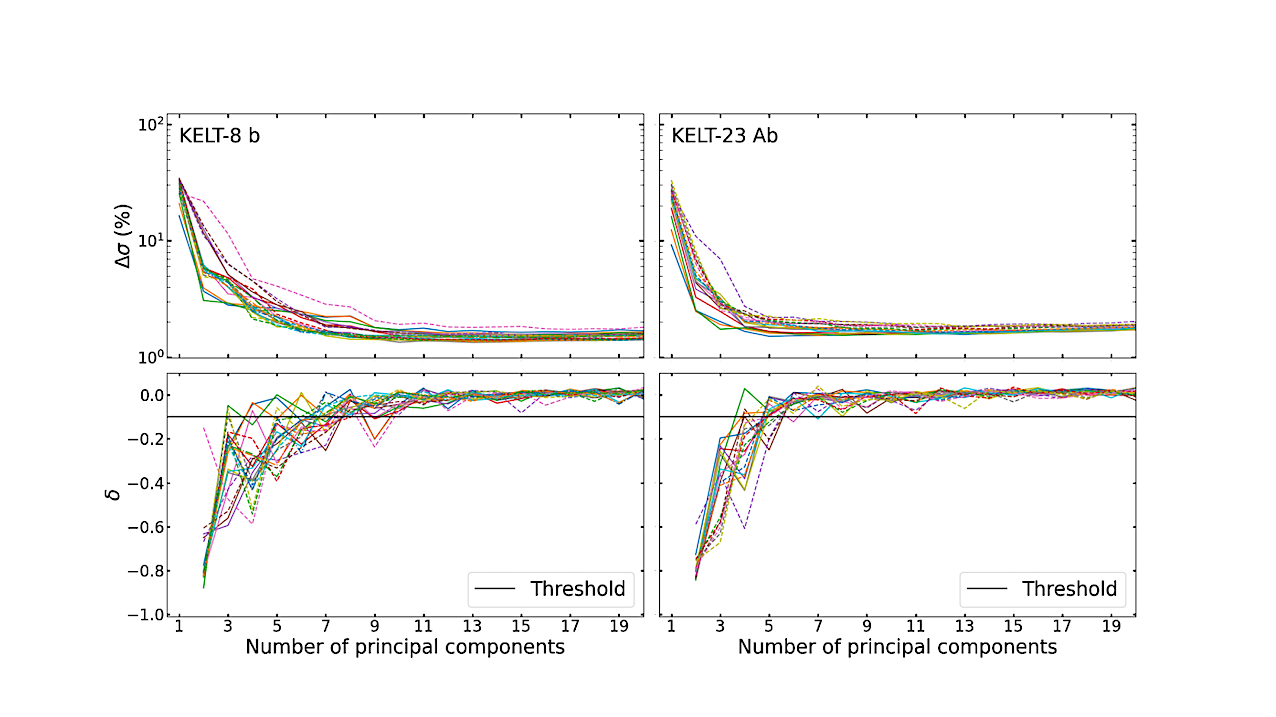
Expanding the number of hot giant planets with atmospheric characterisation can improve our understanding of their atmospheres as well as their formation and evolution mechanisms.
In this work, we use high-resolution spectroscopy in the near-infrared (NIR) to search for chemical signatures in the atmosphere of the two hot Jupiters KELT-8 b and KELT-23 Ab, and perform a first characterisation of their atmospheric properties.
We measured the transmission spectrum of each target with the NIR high-resolution spectrograph GIANO-B at the TNG and searched for atmospheric signals by cross-correlating the data with synthetic transmission spectra.
In order to characterise the chemical-physical properties of the two atmospheres, we ran two different atmospheric retrievals for each dataset: a retrieval assuming chemical equilibrium and a `free-chemistry’ retrieval, in which the abundance of each molecule could vary freely.
We detect H2O in the atmospheres of KELT-8 b and KELT-23 Ab with an S/N = 6.6 and S/N = 4.2, respectively. The two retrievals indicate a water-rich atmosphere for both targets. For KELT-8 b, we determine a water volume mixing ratio of log10(VMRH2O)=−2.07+0.53−0.72, a metallicity of [M/H] =0.77+0.61−0.89 dex, and a sub-solar C/O ratio (C/O ≤0.30, at 2σ). For KELT-23 Ab, we find log10(VMRH2O)=−2.26+0.75−1.24, [M/H] =−0.42+1.56−1.35 dex, and C/O ratio ≤0.78 (at 2σ).
Comparing these chemical properties with those of the host stars, we suggest that, for both planets, the accretion of gaseous material occurred within the H2O snowline in a pebble-rich disk enriched in oxygen due to sublimation of water ice from the inward-drifting pebbles. In conclusion, we measure the atmospheric signals of KELT-8 b and KELT-23 Ab for the first time and place first constraints on their properties.
M. Basilicata, P. Giacobbe, M. Brogi, F. Amadori, E. Pacetti, M. Baratella, A. S. Bonomo, K. Biazzo, D. Turrini, L. Mancini, A. Sozzetti, G. Andreuzzi, W. Boschin, L. Cabona, S. Colombo, M. C. D’Arpa, G. Guilluy, A. F. Lanza, L. Malavolta, F. Manni, L. Naponiello, M. Pinamonti, L. Pino, D. Sicilia, T. Zingales
Comments: 14 pages, 6 figures, accepted for publication in the Astronomy & Astrophysics (A&A) journal. Corrected by the language editor
Subjects: Earth and Planetary Astrophysics (astro-ph.EP)
Cite as: arXiv:2502.05056 [astro-ph.EP] (or arXiv:2502.05056v2 [astro-ph.EP] for this version)
https://doi.org/10.48550/arXiv.2502.05056
Focus to learn more
Submission history
From: Mario Basilicata
[v1] Fri, 7 Feb 2025 16:27:46 UTC (2,978 KB)
[v2] Wed, 19 Feb 2025 14:47:40 UTC (2,976 KB)
https://arxiv.org/abs/2502.05056
Astrobiology,


